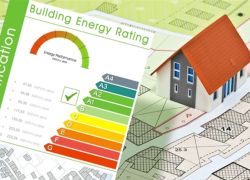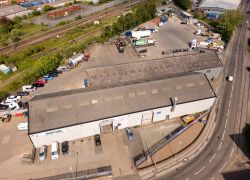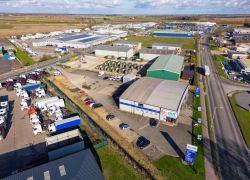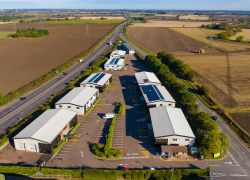Developing Green Space: The Key Challenges and Requirements for Commercial Property Developers in the UK
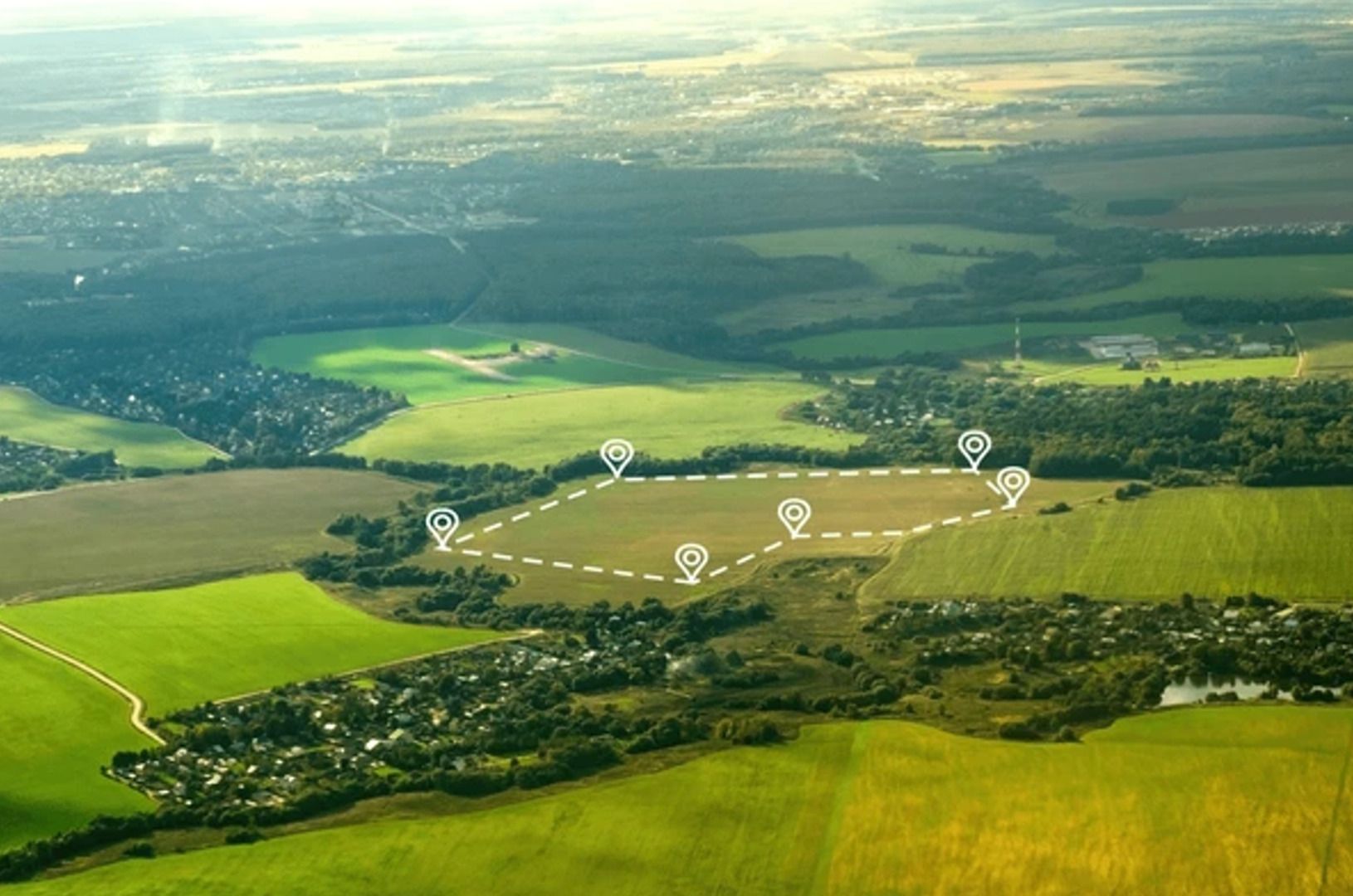
As commercial property developers, the dream of transforming a piece of land into a thriving business hub often involves working with raw, undeveloped land. However, when that land is classified as green space, the process can be more complex than simply laying foundations and erecting buildings. The rise of sustainability, environmental preservation, and wildlife conservation laws has meant that developers face a range of challenges when working with green spaces. As environmental policies become stricter, the balance between urban development and ecological responsibility becomes increasingly important.
In this blog post, we will explore the main challenges developers face when planning to develop on green space and the legal requirements they must meet to proceed with such projects in the UK.
The Challenges Developers Face When Developing Green Space
Developing on green space is not without its hurdles. The UK’s stringent planning laws and environmental guidelines mean that commercial developers must navigate a maze of rules and regulations.
Developers must demonstrate that they are making their best effort to preserve as much natural habitat as possible while meeting the demands of urban development.
Key requirements developers must adhere to
1. Biodiversity Net Gain (BNG) Legislation
What it is: The UK government introduced Biodiversity Net Gain as part of the Environment Act 2021. It requires developers to ensure that their projects deliver a minimum of 10% biodiversity net gain, measured through a set of metrics that assess the quality and quantity of biodiversity on the site before and after development.
Why it’s important: This requirement aims to reverse biodiversity loss, ensuring that developers contribute to environmental restoration and enhance local wildlife habitats. It also encourages developers to think long-term about the ecological impact of their developments, ensuring that green spaces are not simply cleared for buildings but actively preserved and restored.
2. Environmental Impact Assessments (EIA)
What it is: An Environmental Impact Assessment is a process used to evaluate the potential environmental effects of a proposed development. It involves the consideration of various factors, such as air and water quality, soil stability, noise, and the impacts on biodiversity.
Why it’s important: EIAs ensure that environmental risks are identified early in the planning process, and that mitigation measures are incorporated into the design. By adhering to EIA requirements, developers demonstrate their commitment to preserving the environment and comply with legal obligations.
3. Green Belt Land Protection
What it is: Green Belt land is a designated area of land around urban areas, intended to prevent urban sprawl and protect the countryside. Development on Green Belt land is highly restricted and only allowed under exceptional circumstances.
Why it’s important: Protecting Green Belt land helps preserve green spaces, biodiversity, and the natural landscape. Developers wishing to build on Green Belt land must provide a compelling case, usually proving that the need for development outweighs the environmental impact.
4. Planning for Wildlife Habitats and Ecological Connectivity
What it is: Developments must consider the needs of local wildlife and ensure that adequate provisions are made to protect habitats and promote ecological connectivity. This can involve creating wildlife corridors, planting native species, and designing green roofs or ponds.
Why it’s important: Ensuring the preservation of wildlife habitats and facilitating ecological connectivity allows species to thrive and move freely, which is critical for biodiversity. Developers need to account for the habitat requirements of local species, as well as mitigate any habitat loss that the development may cause.
5. Sustainable Drainage Systems (SuDS)
What it is: Sustainable Drainage Systems are designed to manage rainfall and reduce surface water runoff in urban environments. These systems can include features such as permeable pavements, green roofs, or rainwater harvesting systems.
Why It’s Important: SuDS reduce the risk of flooding, promote water conservation, and enhance the natural environment by creating green spaces that benefit both the ecosystem and urban residents. Developers are increasingly required to implement SuDS to manage water sustainably and reduce the impact of development on the environment.
Conclusion
Developing on green space is a complex undertaking, one that requires careful navigation of environmental laws, sustainability practices, and biodiversity protection. For commercial developers, understanding and adhering to the top requirements, such as biodiversity net gain, environmental impact assessments, and green belt land protection, is critical to ensuring the long-term success of a project. Developers who plan and execute their projects with these regulations in mind will not only comply with the law but also contribute positively to the environment, creating spaces that are both commercially successful and ecologically responsible.
Spotlight on Steve - Harlaxton Estates Managing Director
Prior to the introduction of the BNG Legislation in 2021 Harlaxton Estates have built multiple sites on green space such as Long Bennington Business Park however have not developed any sites since the changes to UK planning conditions.
Here are five questions with Steve’s perspective on developing commercial property on green space:
